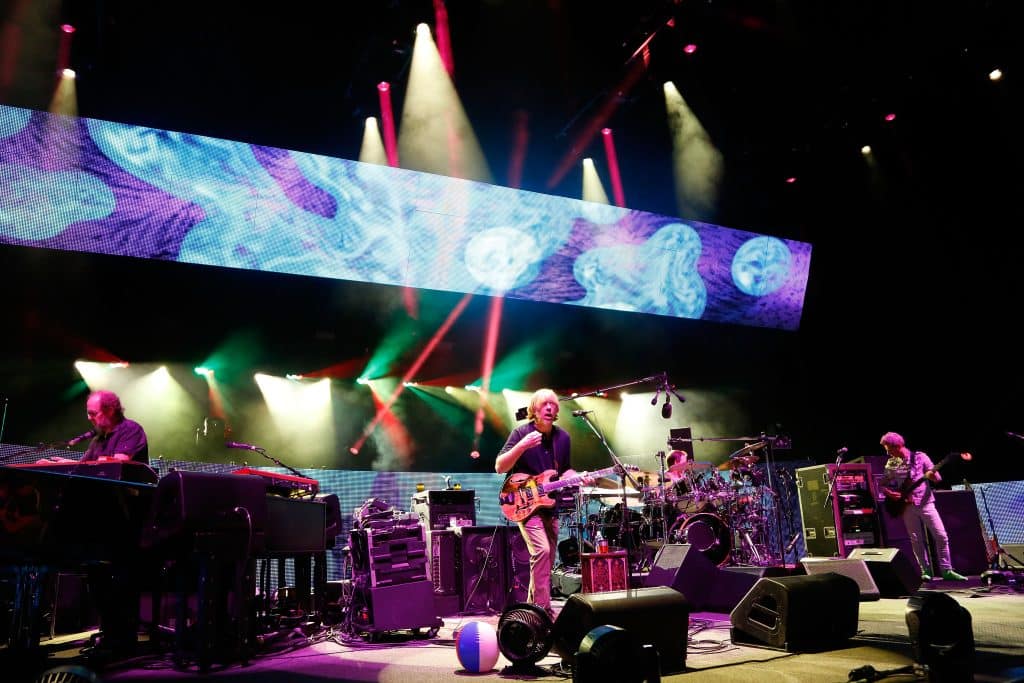Features
Board Games: The LED Revolution Is Permanent
It is appropriate, perhaps, that the timeline of the maturation of LED technology paralleled that of rock ‘n’ roll.
Though the science behind light-emitting diodes had been known since the early 20th century and laboratory applications apparent since just after World War II, it wasn’t until the early 1960s that scientists were able to produce light in the (relatively narrow) visible spectrum. Commercial applications followed, materials and technology improved, cost to the consumer dropped and by the early 21st century, we were all told that it wouldn’t be too long until all we had was LED lighting, the incandescent light going the way of skiffle.

That’s not exactly been the case, inertia and plain old human stubbornness being more powerful forces than electroluminescence. Nevertheless, LED’s advantages in the broader marketplace — brighter, more versatile light deliverable in a more energy efficient manner — have proven advantageous (and popular to the point of ubiquity) in the live entertainment and sports worlds.
Due to that relative environmental-friendliness, Jackson Browne went all-LED for his 2008 tour. It was a pricey undertaking then (and now) to make that switch for a tour’s entire lighting set-up.
LED really — forgive us — shines when it makes the jump from illumination to ornamentation. It’s like going from prose to poetry.
Phish recognized the artistic and creative possibilities of LED boards (and other shapes, like the branches the band used as a sort of analog for fans in the empty-house concerts of the pandemic) fairly early on. Trey & Co.’s 2016 tour is regarded as a bit of a watershed, as the band was backed and flanked with LED boards dazzling with semi-psychedelic displays, modern reminiscences of the lava-lamp films of the 1960s.
The boards proved a conversation-driver, so much so that the notoriously obsessive Phish messageboards clicked and rattled in subsequent summers as to whether and how LED boards would emerge on future tours.
The possibilities are, in fact, not limitless. LED relies on a natural process; it’s a child of physics and its maturation may have reached something close to its final form.
“Over the last decade, LED technology has continued to advance in resolution, lumen output, weight reduction and durability,” Mikey Cummings, a project manager at Gateway Studios & Production Services, tells Pollstar. “However, we seem to have reached a plateau in all of those categories, as there is only so much physics will allow with the materials currently available for manufacturing.”
Which isn’t to say the white-lab-coat crowd won’t find some new level of sophistication with some previously unavailable materials someday, but for now, the advances are on “the control side of video,” Cummings says, with servers having greater capacity and capabilities and with developments in virtual reality and augmented reality, which are making their way into live production.
The good news is the ceiling is still very high, both on the production side at companies like GSPS and from manufacturers like Daktronics, which can produce an LED board in essentially any size and shape; on the sports side, boards in the shape of a team logo are increasingly popular innovations.
“Creatively, with advancements in panel manufacturing, control side technology and rigging automation there are very few creative limits for LED that are not financial or logistical in nature,” Cummings says.
For much of the last 10 or 15 years, development in LED boards had the character of an arms race: competitors vying to make incremental improvements. And competition indeed drives innovation. The diodes themselves are now closer to each other than ever, producing displays that are vivid, bright and high resolution and the differences between a high-end board from one manufacturer and another is picayune and largely a matter of subjective feeling.
Cummings says now it’s up to the production folks and the creative minds to figure out just what the existing tech can do and that’s likely
to be in the virtual reality and augmented reality spaces, along with deeper multi-media integration. As with most everything under the sun,
further automation is coming, and more’s the better for people on the stage, behind it and in the crowd, because when it comes together it “will allow designers to achieve a more immersive 4D experience for audiences,” Cummins says.